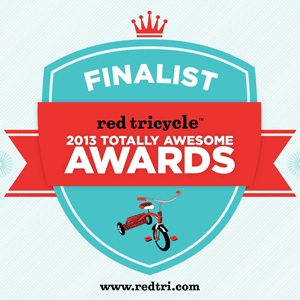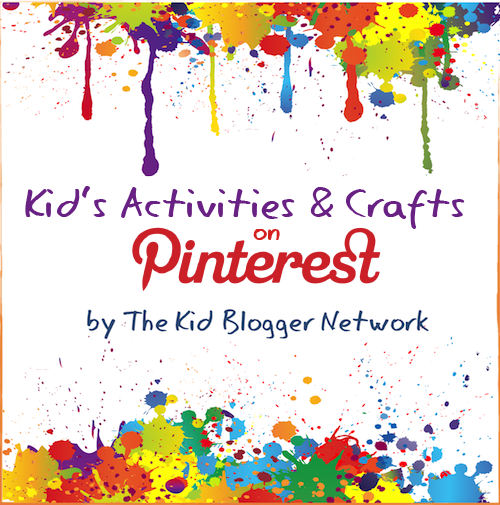Crazy Hidden Colours
Science Experiment for Kids
One of our favourite science experiments from our recent Rainbow Fairy Science Party was this 'Hidden Colours' Experiment. (You can read the story about how this experiment involved fairies here.) It's such a simple experiment and the girls just LOVED it - they could have spent all day on this one, trying every liquid in the house!
It's very simple, but it does require red cabbage powder. We got ours as part of this science kit [affiliate link] for kids, but you can also buy the red cabbage powder here [affiliate link], or make your own red cabbage dye (if you make your own, keep in mind that it doesn't keep fresh like the powder does.)
The first step is to mix a tiny amount of the red cabbage powder into a cup* of water. (Since we did this as part of our Fairy Science Party, we used special Fairy Water - which is glittery!) When I say tiny, I mean really tiny. Our science kit came with a teensy scoop that allowed us to measure out 0.3mL of it. Just put a tiny bit on the end of your smallest spoon and mix it in.
*We used clear, empty yoghurt pots. As you can see in the photo, we used enough water to mostly fill a single-serving yoghurt pot.
The water will turn a beautiful purple colour.
Then pour the purple water into an ice-cube tray so that each compartment is about 3/4 filled (so that the sections don't run together.)
Next, gather up a selection of household liquids (ones that are safe for kids to handle, obviously.) We used apple juice, orange juice, liquid soap, cola, lemon juice, soda water, tap water, tea, tomato juice, milk, coffee, and vinegar.
Use a pipette [affiliate link], an old medicine dropper, or a squirt bottle [affiliate link] with a small nozzle hole to drop a few drops of each liquid into one of the ice cube compartments. Stir with a toothpick and watch what happens.
We found all sorts of beautiful colours hidden in our household liquids!
Then leave it to sit out a while and see what happens to the colours after some time.
This is actually a pH test of the liquids. Red cabbage is a known pH indicator. Depending on the acidity/alkalinity of the liquids, the purple water will change anywhere from green (very alkaline) to red (very acidic).
Tip: We found that the milk made an especially pretty opaque, lilac colour :-)




























